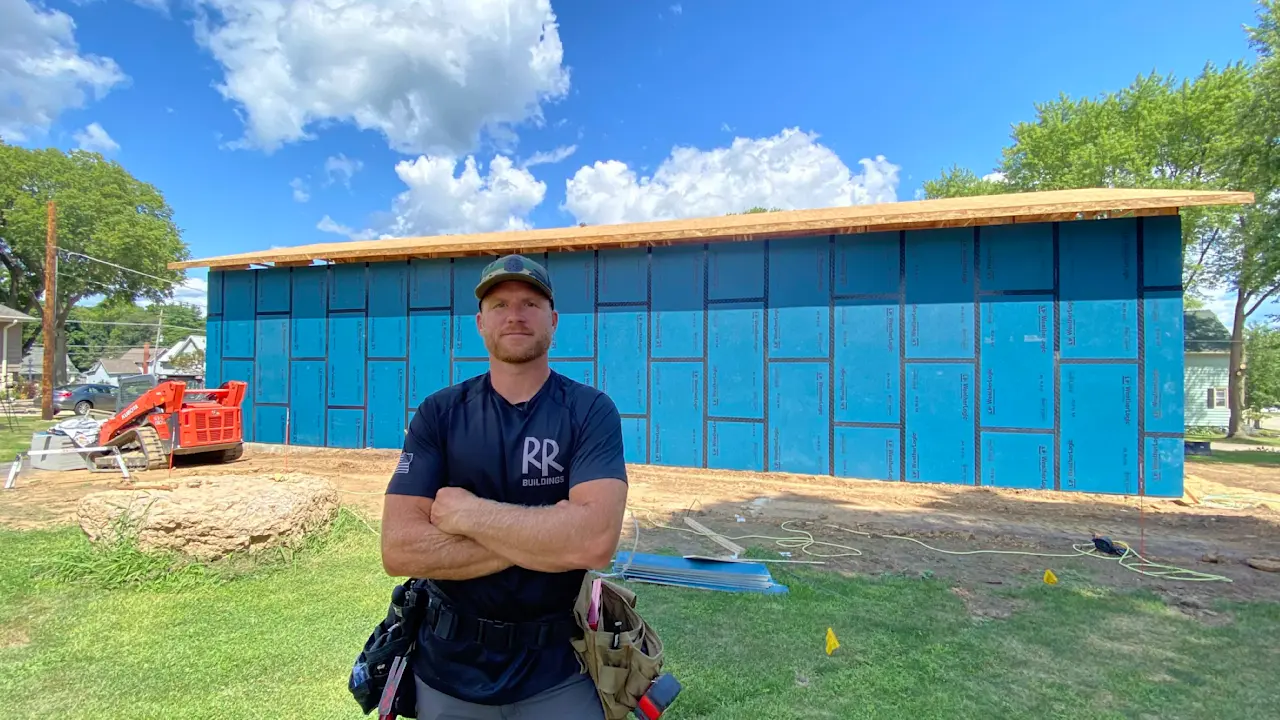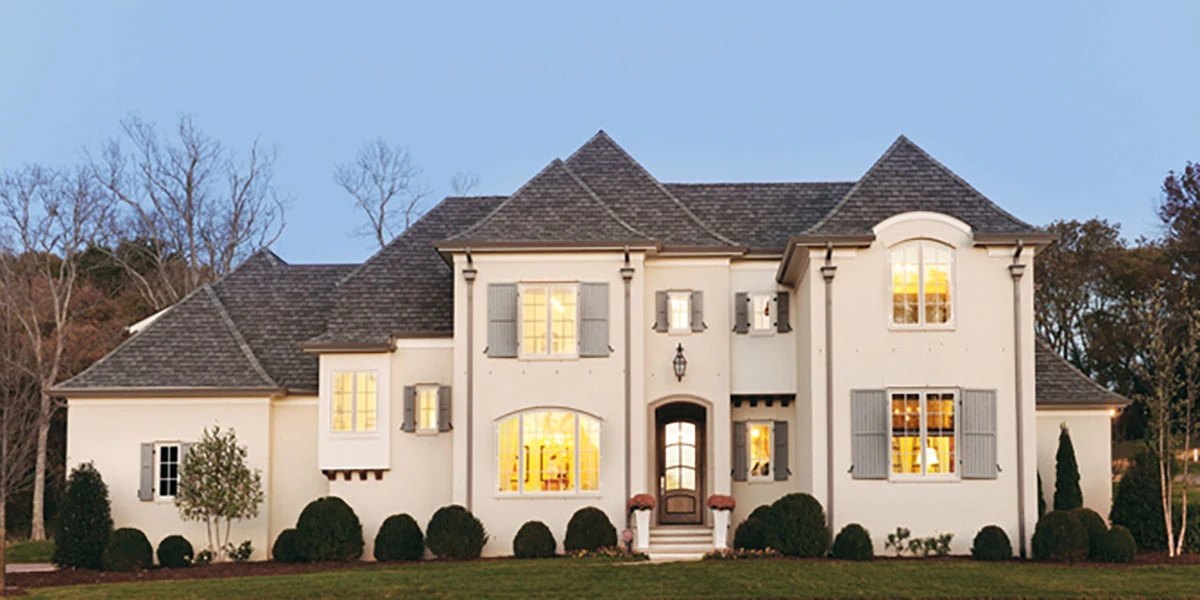SUMMARY
Crosland Contractors is one of the Southeast’s leading builders and diversified real estate companies, with a portfolio valued at more than $1 billion. The company’s roots go back to the 1930s when John Crosland, Sr., began building houses in Charlotte, North Carolina. With a commitment to affordable housing, community- oriented development, and responsible stewardship, Crosland’s missionof sustainability is at work at Trinity Commons, one of their current projects.
Trinity Commons is a complex of luxury apartments near Duke University and Duke Medical Center in Durham, North Carolina. The complex will house 342 apartments, with studio, one- and two-bedroom floor plan options. Phase one will open in late 2010; project completion is slated for August 2011.
OBJECTIVES
Crosland is a member of the U.S. National Green Building Council, with more than 20 LEED-accredited professionals on staff. Because of the company’s focus on the environment, Crosland set high standards for Trinity Commons, aiming to earn a LEED Silver certification for the development.
As a company, Crosland aims to create sustainable places that balance environmental accountability and social innovation with economic viability. This focus on sustainability has a tremendous impact on the products and technologies Crosland uses in its buildings. The company plans to continue this practice at Trinity Commons.
By meeting some of the highest standards in green building, Crosland hopes to gain a competitive edge as it markets the environmentally friendly complex to potential residents.
IMPLEMENTATION
With a commitment to using the latest sustainable building technologies in their projects, Crosland needed a product with proven efficiency that would work in a flat roof application to help them on their way to LEED Silver certification. That’s when the company came across a product sample of LP® TechShield® Radiant Barrier Sheathing.
“I consulted with the architects and engineers on the project after seeing LP TechShield Sheathing, and everyone was on board,” said Chad Collins, project manager for Crosland. “Not only is this the first time we’ve ever used a radiant barrier in a flat roof, but we had never used LP TechShield Sheathing before. We decided to use it as an alternative to standard OSB sheathing to upgrade each building’s entire envelope.”
Because the barrier’s aluminum overlay allows only a small amount of heat emission into the attic space, the roof insulation will be able to perform to a truer R-value. In turn, this simple upgrade will reduce the work of the structure’s attic-mounted HVAC systems and allow Crosland to offer their residents annual energy savings.
In addition to lowering cooling costs for the entire building, radiant barriers will also make residents on the top floor remarkably more comfortable in the summer by lowering the base temperature of these units by up to 10 degrees.
The OSB used in the radiant barrier is made from wood procured under the SFI Sourcing Standard. In LP’s manufacturing process, no part of the log goes to waste. True to the company’s sustainable focus, Crosland can offer its renters a radiant barrier that makes a wise use of forest resources.
OUTCOME
Through the use of a radiant barrier, Crosland is one step closer to LEED Silver certification, which will allow them to offer potential residents energy efficiency and savings.
“People are expecting energy savings today, so the ability to market those savings to renters is one of the main reasons we chose the radiant barrier,” said Collins. “When you combine the radiant barrier’s energy savings with the other energy-efficient products we’re using in the buildings, we expect to see overall energy savings of 16%-17% for the residents.”





